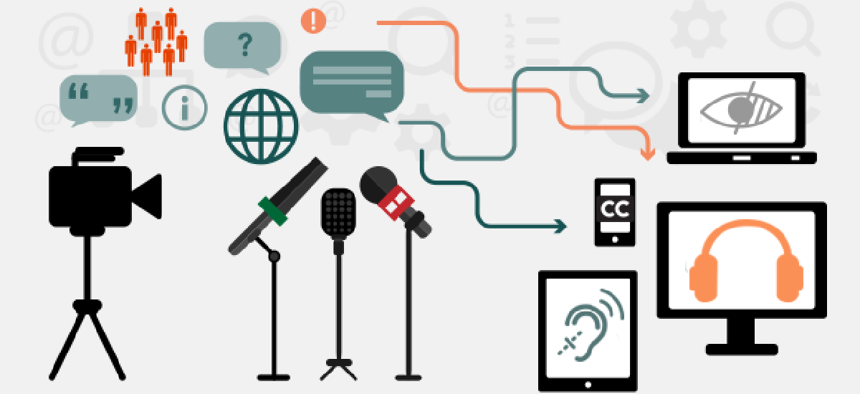Section 508 refresh seeks digital access to all


Connecting state and local government leaders
With the variety of online content platforms expanding every day, agencies must keep accessibility services up to date.
It is time for government agencies to take heed of accessibility requirements. The Architectural and Transportation Barriers Compliance Board (also known as the Access Board) delivered a final rule, effective March 21, concerning the contemporary implementation of Section 508 of the Rehabilitation Act of 1973, which relates to ensuring the availability of accessible IT in the federal workplace. Because technology is constantly evolving, this “refresh” serves to address technological advancements and keep the Rehabilitation Act current.
As content becomes more available across multiple platforms, and technologies such as smartphones expand multifunctional capabilities, the language of Section 508 needs updating as well, replacing earlier, product-specific language with functionality-based requirements. In addition, the Section 508 refresh “seeks to harmonize its requirements with ... the Web Accessibility Initiative’s Web Content Accessibility Guidelines (WCAG),” serving to create an Internet-wide standard for accessibility, the Access Board explained.
By Jan. 18, 2018, Section 508 requires that when federal departments and agencies “develop, procure, maintain, or use electronic and information technology, they must ensure that it is accessible to people with disabilities, unless it would pose an undue burden to do so.” This does not apply to recipients of federal funds or the private sector. It does, however, give federal agencies subject to Section 508 a little less than a year to meet the revised 508 accessibility standards requiring that “electronic content shall conform to Level A and Level AA Success Criteria and Conformance Requirements in WCAG 2.0.”
For inclusive audio for the deaf and hard of hearing, government agencies will need to meet these criteria:
Level A, covering the most basic web accessibility features:
All non-text content that is presented to the user has a text alternative that serves the equivalent purpose, such as large print, braille or symbols or simpler language, except for these situations.
Captions are provided for all prerecorded audio content in synchronized media, except when the media is a media alternative for text and is clearly labeled as such.
For prerecorded audio-only and prerecorded video-only media, the following are true, except when the audio or video is a media alternative for text and is clearly labeled as such:
- Prerecorded audio-only: An alternative for time-based media is provided that presents equivalent information for prerecorded audio-only content.
- Prerecorded video-only: Either an alternative for time-based media or an audio track is provided that presents equivalent information for prerecorded video-only content.
Level AA, addressing the biggest and most common barriers for disabled users:
- Captions are provided for all live audio content in synchronized media.
- Audio description is provided for all prerecorded video content in synchronized media.
We have seen many federal agencies accelerating their efforts to make digital spaces more accessible as this mandated refresh comes due. While federal agencies have almost a year to fully comply with these updated standards, we see these steps as forward momentum in the pursuit of a more inclusive web. Online content platforms are expanding every day, and this update aims to keep accessibility services as versatile as the technologies with which we engage.




